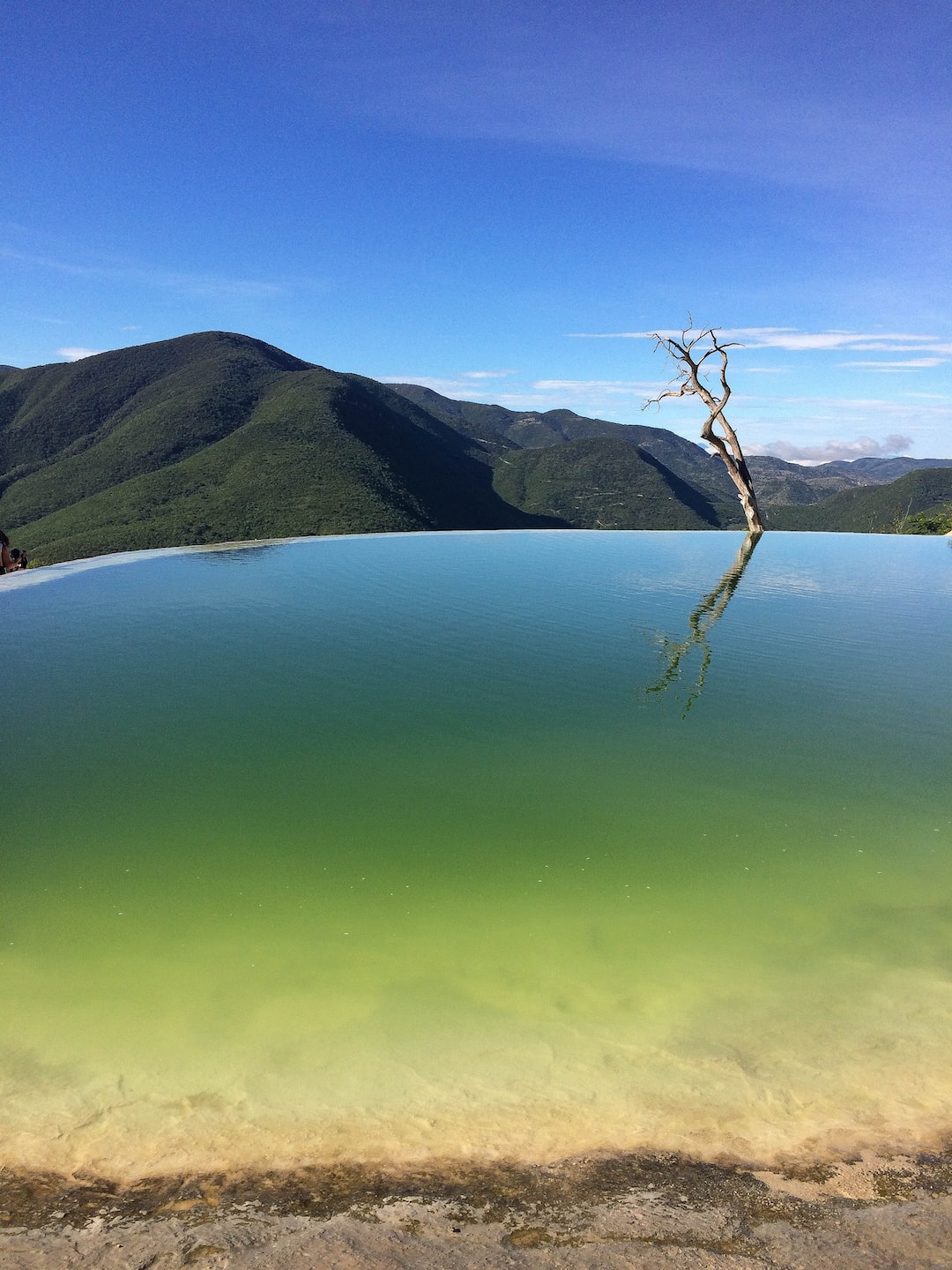A Colorful Fiesta: Celebrating Mexico’s Vibrant Festivals and Traditions
Mexico, a country known for its rich cultural heritage, is home to some of the most vibrant and colorful festivals in the world. These festivities reflect the country’s history, traditions, and diverse indigenous cultures. From the famous Day of the Dead to the exuberant Guelaguetza, Mexico offers a myriad of experiences that showcase the beauty of its people and traditions.
One of the most iconic festivals in Mexico is the Day of the Dead, or Dia de los Muertos. Held on November 1st and 2nd, this celebration honors and remembers loved ones who have passed away. Contrary to its dark and morbid theme, the Day of the Dead is a joyous and vibrant occasion. Families gather to create altars adorned with marigold flowers, candles, and photographs of the deceased. Traditional foods and sweets are prepared, including the famous sugar skulls that are decorated with bright, cheerful colors. Parades, music, and dancing fill the streets, as people wear elaborate and intricate costumes, painting their faces to resemble skulls. This festival not only brings people together but also serves as a reminder of the importance and celebration of life.
Another festival that showcases Mexico’s vibrant traditions is the Guelaguetza, which takes place in the city of Oaxaca. This event celebrates the indigenous communities of the region, showcasing their music, dance, and traditional clothing. The word “guelaguetza” means sharing or mutual exchange, and this festival embodies the spirit of unity and cooperation among the communities. Dancers perform traditional folk dances, wearing colorful costumes adorned with intricate embroidery and embellishments. The vibrant colors and lively music fill the air, creating an atmosphere of joy and celebration. Visitors can also indulge in the delicious cuisine of Oaxaca, which is famous for its authentic flavors and regional dishes.
The Feria de San Marcos, held in the city of Aguascalientes, is another must-visit event in Mexico. Known as Mexico’s biggest fair, it takes place annually in the month of April. The fair offers a blend of traditional, cultural, and entertainment activities. Visitors can enjoy bullfighting, rodeos, concerts, art exhibitions, and culinary events. The fair also celebrates Mexican traditions, such as the Charro horse-riding competitions and the making of traditional handcrafted goods. The streets are transformed into a colorful and lively spectacle, as people from all over the country come together to celebrate and share their culture.
Aside from these major festivals, Mexico is also known for its vibrant and unique traditional dances. The Jarabe Tapatío, better known as the Mexican Hat Dance, is one of the most recognized dances in the country. It involves a male and female dancer performing complex footwork, accompanied by lively music played on violins and guitars. The traditional attire worn by the dancers is a stunning display of color, with the female dancer wearing a brightly colored skirt and the male dancer donning a charro suit. This dance is not only a joyful expression of Mexico’s culture but also a symbol of unity and camaraderie.
Mexico’s vibrant festivals and rich traditions are a testament to the country’s cultural diversity and pride. Whether it’s the lively Day of the Dead celebrations, the colorful Guelaguetza, or the grand Feria de San Marcos, each festival offers a unique experience that brings people together in a spirit of joy and celebration. From the sights and sounds to the delicious cuisine and traditional dances, Mexico’s festivals are a feast for the senses. So, if you’re looking for a truly unforgettable and vibrant cultural experience, pack your bags and head to Mexico to immerse yourself in the beauty and energy of its fiestas.

